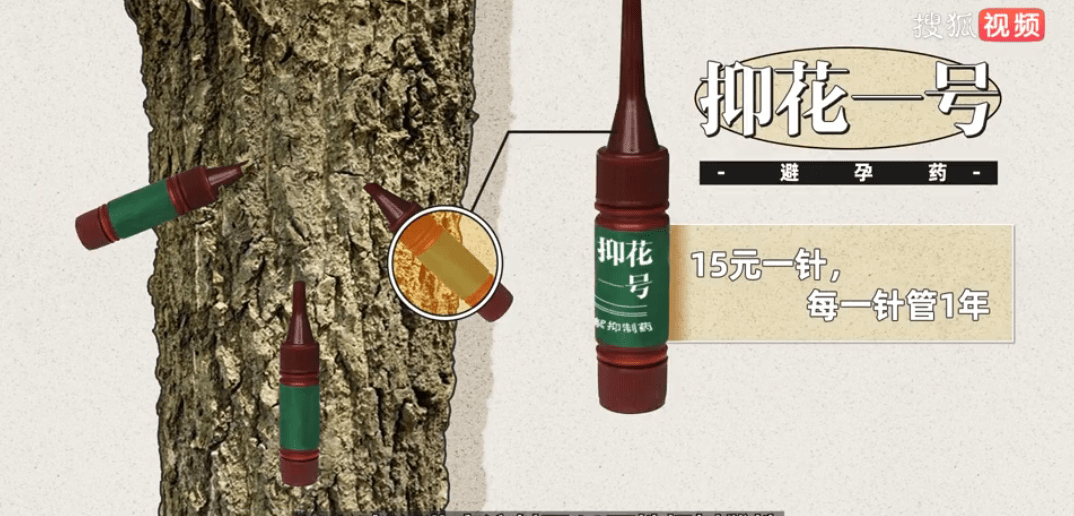On a warm and dry spring afternoon, the light and fluffy white fluff is flying all over the sky. Before reaching the breeding ground, it often flies into your nasal cavity to remind you of this unavoidable spring tide.
Not all poplars have flying catkins. Poplars are dioecious, and male poplars bloom in early spring. The inflorescences (catkins) are mostly brown and resemble “caterpillars”. After the flowers bloom, the whole bunches fall off. The task of the male Yang is to pollinate the pollen, and he will not float. It is female poplars that can produce flying catkins. The female inflorescences develop into small green capsules after pollination. Inside the capsules are the white fluffs that wrap the poplar seeds. When the temperature and light reach a certain condition, the fruits of Populus tomentosa begin to mature and burst, and the poplars will float out.
In northern China, this “deadly” season is about mid-to-late April. From 10 am to 16:00 pm, Yang Xupiaofei’s high frequency is the time period. Such days last for more than 20 days. Next are Kapok, Kapok, Platanus…

It is not accidental that poplars have become the main popular Taoist trees in many cities. In the 1970s, tree planting and afforestation became a national movement for sand control. In this movement, poplars, fir trees, eucalyptus, paulownia, masson pine, etc. stand out. They all have a common feature and belong to fast-growing species.
Fast-growing tree species are cost-effective and easy to maintain. They can usually become wood within 10 years. In addition to ecological functions and wood value, this growth cycle can be seen within three to five years. Some native tree species have good materials but slow growth. It can quickly form shade, is cheap and easy to raise, and urban greening also introduces a large number of poplars. Poplars have come to people’s living areas from mountains and sand. The proportion of poplars in some urban street trees even exceeds 50%.
When they grow up, female poplars will grow faster and stronger than male poplars. Seedling companies are more willing to plant them and have a higher market share. Suqian, the hometown of Taobao flowers and plants, once planted 2.6 million mu of poplars, more than 95% of which were females. After continuous renovation, the current stock still exceeds 1 million mu.
Cultivating and planting poplars used to be the best choice for city managers to achieve greening KPIs, but as female plants grow up, they have to face the remaining problem of poplars-floating flock. Injecting “Yihua No. 1” into female trees can inhibit 90% of the differentiation of female flowers, but the injection cost is high, 15 yuan per syringe for 1 year, which is equivalent to the maintenance cost of 1 square meter of green space for 1 year. In 2014, Beijing injected 100,000 female poplar trees, mainly distributed around parks, hospitals and kindergartens.

The second method is to perform surgery on the poplar tree, cut off the original female tree crown, graft male branches on its main branch, and turn the female tree into a male tree. The cost of “gender reassignment surgery” is higher, with a cost of about 500 yuan per plant. After the “gender reassignment” is successful, it needs to be carefully maintained for at least 3 years.

Someone suggested that poplars should be replaced with phoenix trees. The cost of each plant is more than 1,000 yuan without accounting for bidding, supervision, construction, and other management expenses. Either way, it is an unbearable economic account for a city that grows millions of poplars.

Controlling fly flock is a difficult problem for many cities plagued by poplar flock. Poplar trees not only cause flies, but also easily cause fires. Many experts have argued that a single tree species will make the ecological environment fragile and pests and diseases will increase year by year. Solving the flying catkins is the primary goal. In the longer term, it is a process to create an urban landscape with trees, shrubs, and grass. Does your city have driftwood? Welcome to write down your coordinates in the comment area. This is the Sixiang Workshop for sharing interesting knowledge. See you in the next issue.





























































You must log in to post a comment.